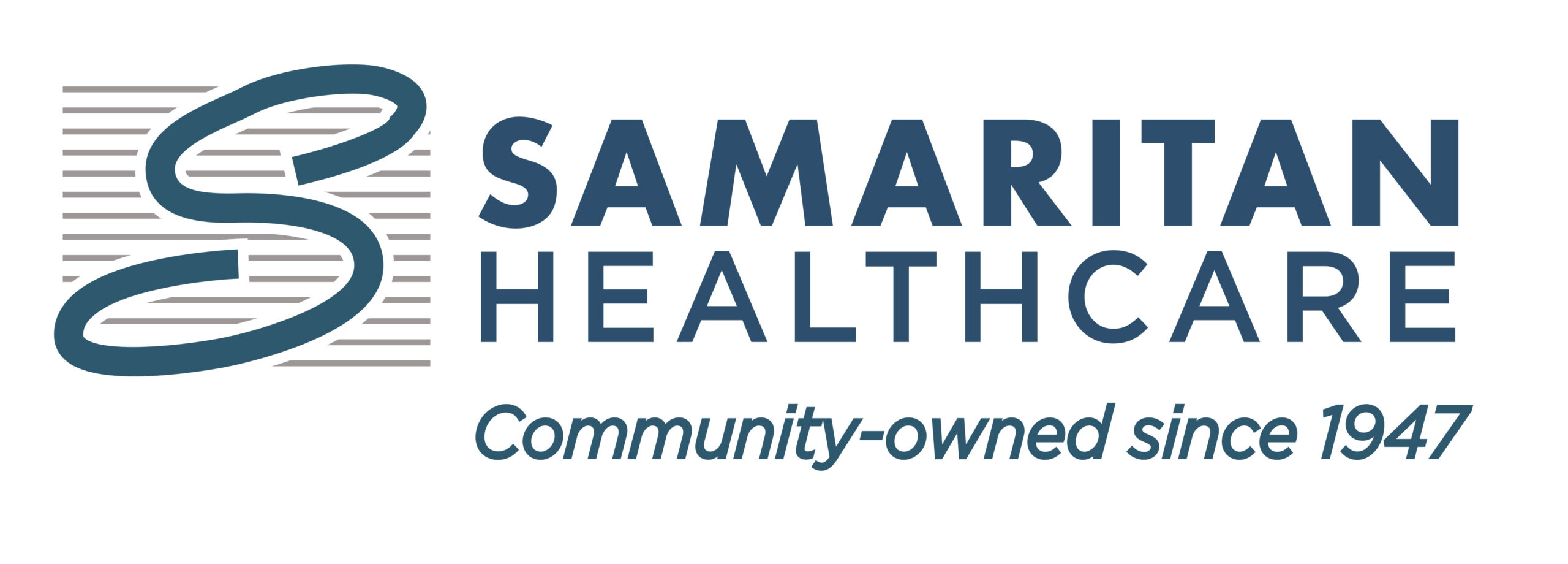Gynecological surgical procedures can be invasive, slow to heal, and can disrupt normal life for an extended period of time. Robotic-assisted surgery is revolutionizing the field, offering safe, minimally invasive procedures that get patients back on their feet faster than ever.
Robotic-assisted surgery can be used for endometriosis, chronic pelvic pain, tubal ligations, and is frequently used for hysterectomies.
What is a Hysterectomy?
Hysterectomies are the removal of the uterus, cervix, fallopian tubes, and possibly the ovaries. Traditionally, the procedure would be done with a large vertical incision followed by several days of recovery in the hospital. Considering the additional time you may spend recovering at home, it could be months until a patient is fully recovered.
Dr. Kameron Firouzi, an OB/GYN surgeon at Samaritan Healthcare in Moses Lake, Washington, uses the da Vinci Robotic-Assisted Surgical System to perform complicated hysterectomies with greater efficiency than traditional gynecological procedures.
“Recovery is so fast that patients often go home the same day as their surgery,” said Dr. Firouzi.
Patients also experience fewer complications with a robotic-assisted procedure. For example, there is a reduced risk of hernias following a hysterectomy, as there is no noticeable scar or corresponding scar tissue.
How Does a Robotic-Assisted Hysterectomy Work?
Dr. Firouzi said robotic-assisted surgery delivers 3D high-definition views and 360-degree movement as the surgeon utilizes robotic arms equipped with cameras to complete procedures. Using just four or five fingertip-size incisions, the surgery is more precise with minimal disturbance to surrounding tissue, which is often the primary cause of post-surgical pain in a traditional hysterectomy or similar procedures.
“Previously, women suffered through pain or abnormal bleeding because they didn’t want to deal with traditional recovery,” said Dr. Firouzi. “Now patients are in and out and recover quickly, not to mention experiencing less bleeding and lessening their cancer risk.
Because patients experience less pain following a robotic-assisted hysterectomy, they also require less pain medication, including opioid use. Dr. Firouzi said the average use of pain medication is typically two to three days following robotic-assisted surgery, and the operative time is as brief as 25 minutes.
“Having that information makes it more likely that a patient will opt for surgery and improve their health,” he said. We can have you checked in at the hospital, recovered, and home — all within a three-hour period. It’s as innovative as it gets.”
Learn more about a robotic-assisted hysterectomy or schedule an appointment with Dr. Firouzi to explore your options.


